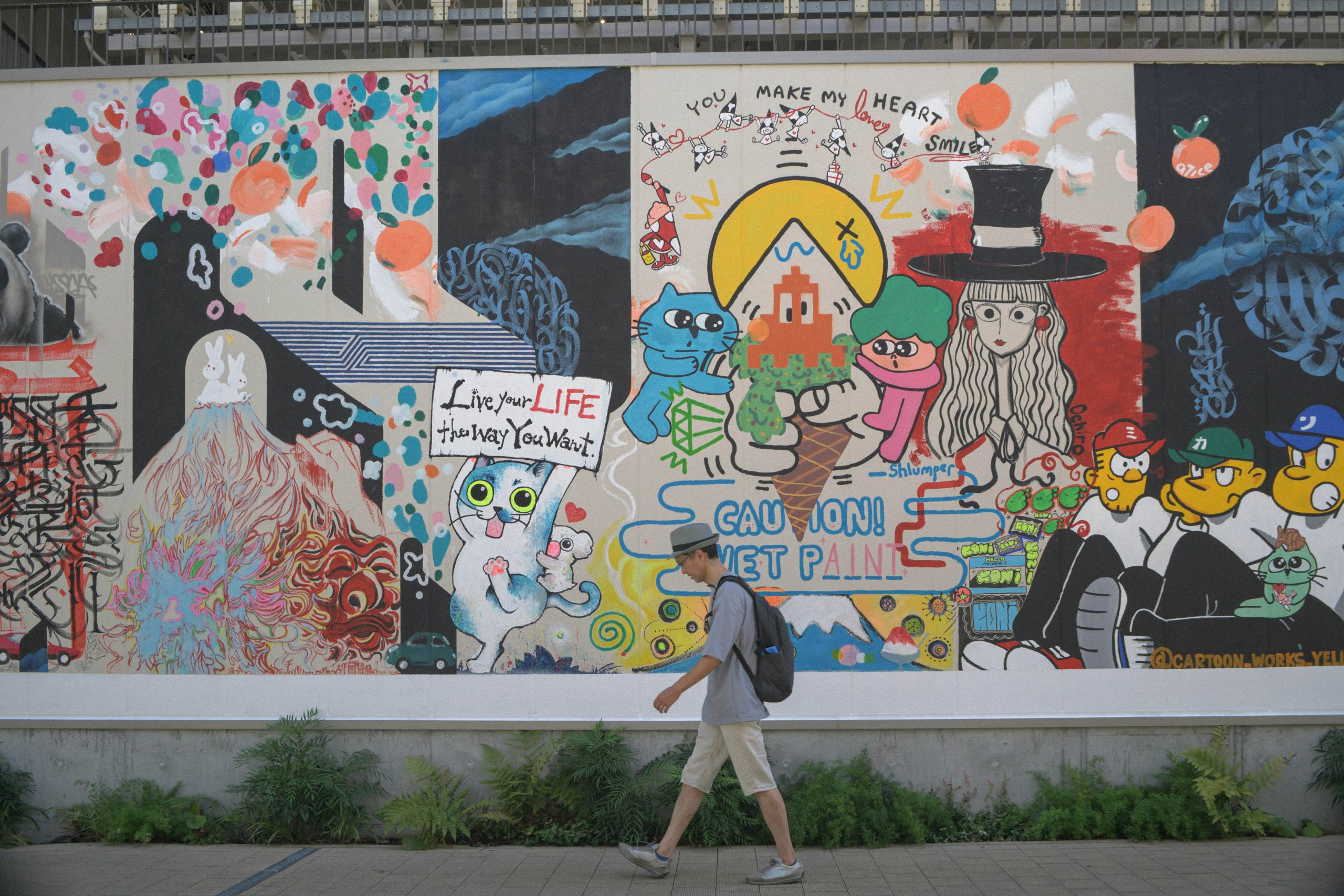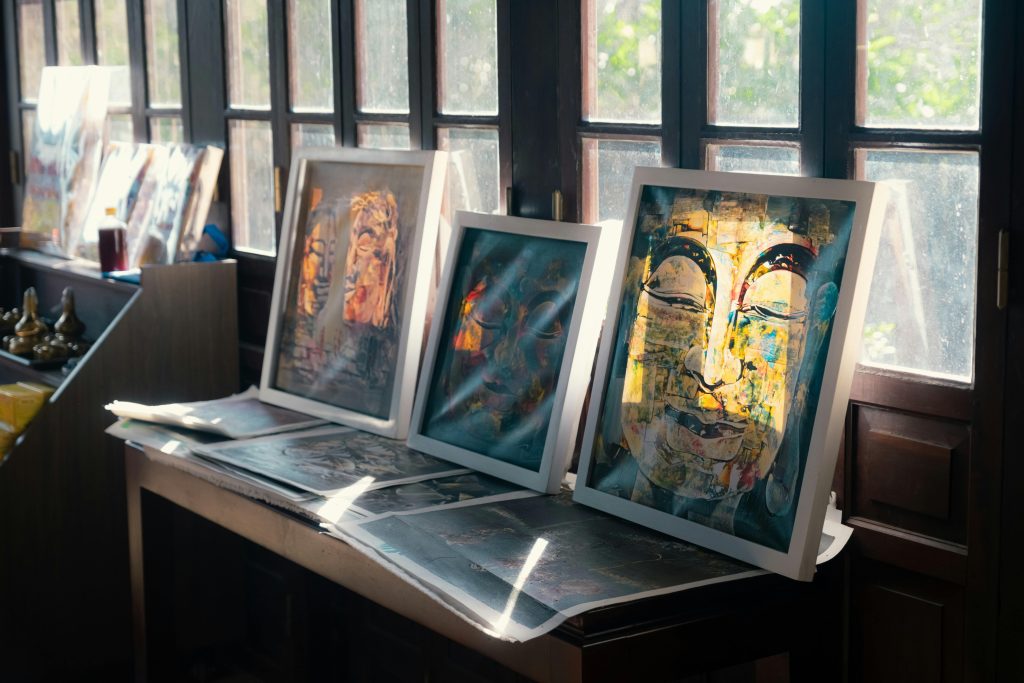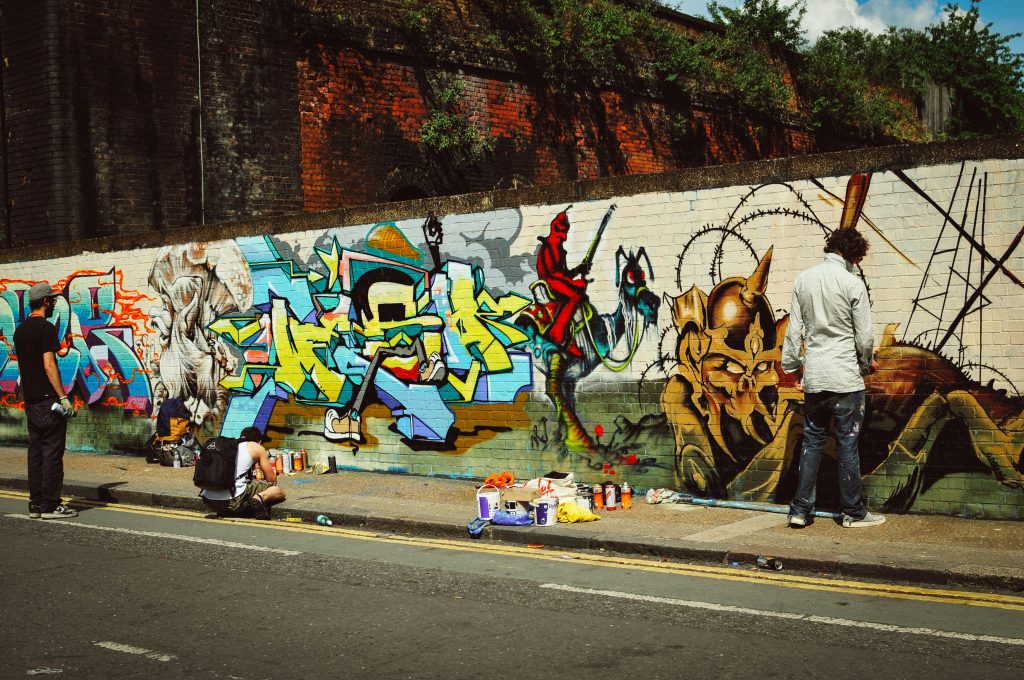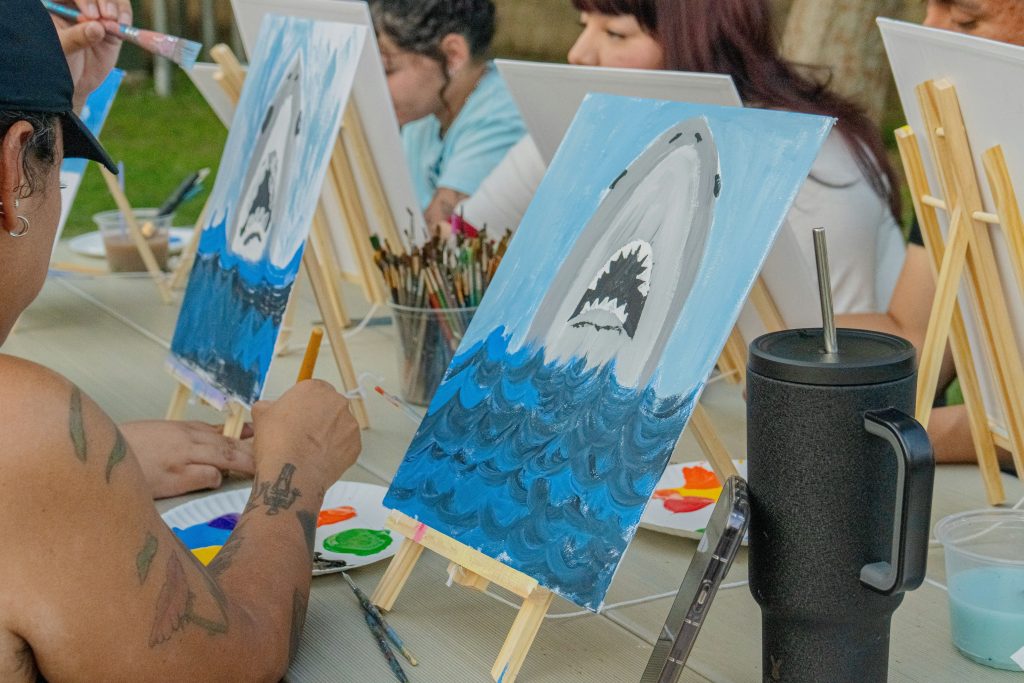
18 Aug Inspiring the Next Generation: Youth Engagement in Art Communities
Introduction
Youth engagement in art communities is more important than ever in today’s rapidly evolving cultural landscape. As digital and traditional art forms continue to intersect, it has become essential to nurture the creative expression of young people and integrate them into broader artistic movements. Encouraging youth to actively participate in the arts not only fuels future innovation but also fosters a lifelong appreciation of creativity.
The involvement of youth in art brings numerous benefits, contributing to their social, emotional, and cognitive development. From building self-confidence and empathy to enhancing problem-solving abilities and collaboration skills, the arts serve as a powerful vehicle for holistic growth. This article explores a wide range of strategies and programs designed to engage youth in meaningful artistic experiences while building sustainable, inclusive art communities.
The Role of Art in Youth Development
Art plays a transformative role in the lives of young people by offering a safe space for self-expression, identity exploration, and emotional release. As adolescents navigate the complexities of growing up, art becomes a mirror and a voice, helping them articulate thoughts and emotions they may struggle to express verbally. Whether through painting, digital design, or performance, creative outlets foster resilience and emotional intelligence.
Moreover, artistic activities contribute to the development of critical thinking and innovation. Through experimentation and interpretation, youth learn to approach problems with curiosity and confidence. Art also promotes collaboration, as many projects encourage group work and shared creativity. Academic research has consistently shown a positive correlation between participation in the arts and improved academic performance, particularly in areas such as reading, writing, and mathematics. These experiences also help develop key career skills such as communication, teamwork, and adaptability.
Challenges in Engaging Youth in Art Communities
Despite the proven benefits, several challenges hinder youth participation in art communities. One major issue is the lack of access to quality arts education in many public schools and underserved neighborhoods. Budget cuts and standardized testing often push creative programs to the margins, leaving many young people without the opportunity to discover or develop their artistic talents.
Socioeconomic barriers also present a significant obstacle. The cost of art materials, transportation to classes or galleries, and participation fees for programs can be prohibitive for low-income families. Additionally, many mainstream art spaces continue to struggle with representation and inclusivity, making it difficult for marginalized youth to see themselves reflected or welcomed in these environments.
In today’s digital age, youth are also bombarded with competing interests and distractions. Social media, streaming platforms, and video games consume much of their time and attention. Finally, a persistent perception of the arts as a non-viable career path discourages many young people from investing in their creative development, especially in communities where economic stability is a primary concern.
Core Strategies for Youth Engagement in Art
To overcome these challenges, it is essential to implement inclusive and flexible strategies that align with the needs and realities of today’s youth.
Creating Inclusive and Welcoming Environments Art communities must prioritize inclusivity by offering culturally relevant programming and ensuring that young people of all backgrounds feel seen and respected. Safe, non-judgmental spaces where youth can explore and take creative risks without fear of criticism are crucial to building confidence and sustaining engagement.
Incorporating Technology and Digital Media Youth are already fluent in digital platforms, making technology a natural bridge to the arts. By integrating social media, virtual reality (VR), and digital design tools, programs can meet young people where they are. Digital exhibitions, online challenges, and app-based tutorials are excellent ways to engage tech-savvy generations.
Peer-to-Peer Mentorship and Collaboration Youth-led initiatives empower participants to take ownership of their creative journey. Programs that promote peer mentorship, collaborative projects, and intergenerational dialogue between emerging and established artists can foster a strong sense of belonging and community.
Flexible and Accessible Programming Accessibility is key to participation. Mobile art labs, pop-up events, and free community workshops can bring the arts directly to neighborhoods lacking formal infrastructure. Offering flexible scheduling, such as after-school programs and weekend sessions, ensures that youth with varying responsibilities can still participate.
Educational and Institutional Support Systems
Educational institutions and public spaces play a foundational role in supporting youth engagement in the arts. Schools, when properly funded and staffed, can introduce children to a wide range of artistic disciplines from an early age. Embedding the arts into the core curriculum can help students see creativity as integral to all areas of learning.
Community centers, libraries, and local arts councils can act as neighborhood hubs for creative expression, hosting workshops, exhibitions, and hands-on sessions. Collaborative partnerships between schools, local governments, and art organizations can expand access, pool resources, and create cohesive programming. Furthermore, integrating the arts into interdisciplinary learning models encourages youth to see connections between creativity, science, history, and technology, broadening their intellectual horizons.
Effective Program Structures and Engagement Models
To ensure meaningful participation, art programs must be structured in ways that are youth-centered and adaptable. Open studio formats and drop-in sessions offer flexible, low-pressure environments that foster spontaneity and exploration. These models reduce barriers to entry and promote consistent engagement.
Art clubs, youth collectives, and seasonal art challenges provide structured but creative outlets for youth expression. Programs such as public art projects, where young people contribute to murals or installations in their communities, help cultivate a sense of pride and visibility. Additionally, internships, apprenticeships, and volunteer roles in galleries and museums offer valuable hands-on experience and exposure to potential career pathways.
Encouraging Long-Term Participation and Growth
Sustaining youth interest in the arts requires long-term support and visible recognition. Highlighting youth artwork through online galleries, local exhibitions, or community showcases helps validate their creative efforts. Offering certificates, awards, or feedback sessions provides both motivation and a sense of achievement.
Creating clear pathways to higher education or careers in the arts can shift the perception that artistic pursuits are risky or frivolous. Continued mentorship, networking opportunities, and access to alumni or professional communities help youth transition from participants to active contributors in the art world.
Conclusion
Engaging youth in art communities is not just a cultural initiative—it’s an investment in the future. The creative development of young people fuels innovation, empathy, and social cohesion. By breaking down barriers and building inclusive, accessible programs, we can ensure that youth from all walks of life have the opportunity to explore, express, and excel through the arts.
As the landscape of art and technology evolves, so too must our strategies for inclusion and participation. With sustained support from schools, communities, and cultural institutions, youth engagement in the arts can thrive—enriching both individual lives and the broader cultural fabric for generations to come.
Key Takeaways
- Art engagement is vital for youth development, enhancing creativity, emotional intelligence, and critical thinking while fostering identity, resilience, and collaboration.
- Participation in the arts improves academic and career-related skills, such as communication, problem-solving, and teamwork, making it an essential part of holistic education.
- Barriers to youth involvement include lack of access to arts education, high costs, digital distractions, and a perception of art as a non-viable career, particularly in underrepresented and underserved communities.
- Inclusive strategies—such as culturally relevant programming, peer mentorship, and technology integration—are critical to making art accessible and engaging for diverse youth populations.
- Flexible program formats like mobile art labs, open studios, and after-school workshops help increase accessibility and participation, especially in communities with limited resources.
- Educational institutions and community organizations play a key role, with schools, libraries, and local art councils acting as platforms for exposure and sustained engagement.
- Effective youth art programs should focus on empowerment and adaptability, offering both structured and exploratory opportunities through clubs, public projects, and digital content.
- Recognition and long-term support foster continued engagement, with showcases, mentorship, and clear pathways to careers or higher education in the arts helping youth envision a future in creative fields.
FAQs
Why is youth participation in art communities so important today?
Youth involvement in the arts encourages creativity, emotional resilience, and critical thinking. Engaging young people in art helps them develop lifelong skills like collaboration, empathy, and communication while fostering cultural appreciation and innovation in a world increasingly shaped by visual and digital expression.
What are the biggest challenges young people face in accessing art programs?
Major challenges include limited access to arts education, financial constraints, and lack of inclusive spaces. Socioeconomic factors, underfunded schools, and perceptions of art as a non-viable career path can prevent youth from discovering or pursuing their creative interests.
How can communities better support long-term youth engagement in the arts?
Communities can support youth by offering accessible programs, showcasing youth artwork, and creating mentorship opportunities. Recognizing artistic efforts through exhibitions, awards, and career pathways ensures sustained interest while helping young artists see real possibilities for growth and professional success.
In an age where digital access to culture is booming, mastering UX design for virtual art tours helps museums, curators, and creators offer emotionally resonant, user-friendly experiences that rival physical visits.




